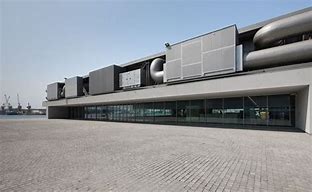“In architecture there are two ways to be truthful: in terms of the program and in
terms of construction. […]
To be truthful in the construction techniques is to use the materials according to their qualities and properties.
What is regarded as purely artistic issues, for example symmetry, are only secondary concerns in the face of these dominant principles.”
MATERIALS
Materials and technology are replaced by new ones, but the shapes remain alive and active, translated into new technological realities but perpetually expressed as symbols of the first materials and the primitive need to protect man
TRADITIONAL MATERIALS :
- Stone
- Earth
- Bricks
- Wood
- Steel
- Concrete
- Glass
TECHNOLOGY
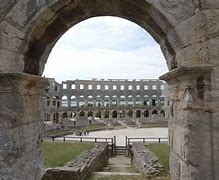
- ROMAN CONSTRUCTION: extraordinary availability of materials and workmanship, largely unskilled, coordinated through a strict organization system.
ARCH and VAULT constitute the main elements for covering, and WALLS are the basic support.
The basic material in Roman construction is concrete, that is arranged in a work by SHUTTERINGS in vaults and domes, and outer layers of brick, masonry or small pieces of carved stone.
In this system, the inert strength is enough, and the only condition required for the building stability is that supports are thick and solid enough to resist rigidly, without deforming by the weight and pressure of vaults.
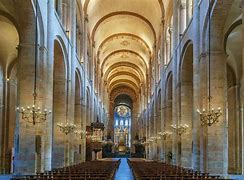
- ROMANESQUE ARCHITECTURE: built the roof with BARREL VAULT reinforced by TRANSVERSE ARCHES, placed underneath the vaults, loaded on the pillars that separate the main nave from the lateral ones.
Walls are reinforced with external BUTTRESSES, with wooden TIE BEAMS at the beginning of the vaults, with the increase of the section of the inner pillars in the direction of the lateral thrusts.
BARREL VAULTS are replaced by GROIN VAULTS, a new covering system that transmit directly loads to the pillars through the combined action of TRANSVERSE RIBS and FORMERETS.
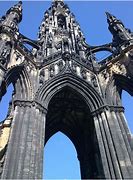
- GOTHIC ARCHITECTURE ends up solving the problem thanks to:
• the pointed arch
• the rib vault
• the buttress
• the flying buttress
• the pinnacles.
This principle was that of balancing forces instead of the principle of inert stability. Compression forces opposed to traction forces.
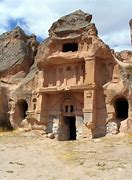
- ROCK-CUT ARCHITECTURE Monolithic temple made by carved solid natural rock. No materials are supplied.
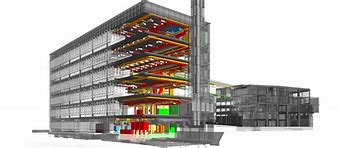
- Computer Aided Design (CAD) represents an innovation in the generation of architectural shapes.
- Building Information Modelling (BIM) adds the collaborative management to the Project

- Prefabrication, in some ways, changes the way we build or manage construction.
STRUCTURES
New challenges:
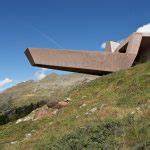
- Stability and instability as formal aesthetic principles. Extreme cantilevers
- Structure dissolution with new materials and structural types. Dematerialization.
Stability and instability as formal aesthetic principles
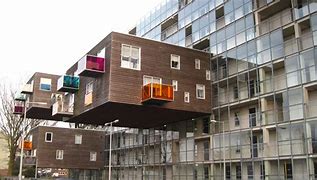
Structure dissolution with new materials and structural types
FACILITIES
Building facilities are infrastructures formed by networks and fixed equipment that enable the supply and operation of services that allow functionality, efficiency and comfort in those for which they have been designed.

Energy networks: Hydraulic facilities
• Electrical installation • Potable water supply
• Gas installation • Sanitation facility
• Photovoltaic system • Fire protection systems
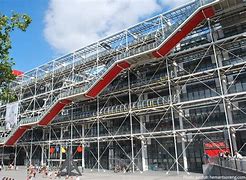
Climatic installations Telecommunications
• Ventilation • Phone signal
• Heating • TV signal
• Air-conditioning • Fiberglass internet network
• Domestic hot water • Home automation
• Safety control
Medical installations
• Medical gases
The challenge of integrating installations into architectural design.
